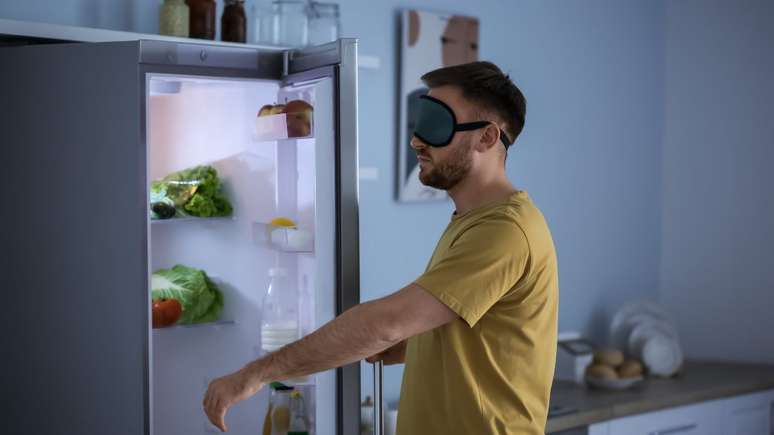The reality behind this nocturnal behavior is more intriguing than you might assume.
Have you ever imagined someone walking around the house with their eyes closed, as if they were on a secret mission, in their pajamas? Well, these are the famous sleepwalkers! But the reality behind this nocturnal behavior is more intriguing than you might think.
Sleep scientists have a word to describe this peculiar phenomenon: “parasomniaIt’s not just about walking aimlessly down the hall; it can range from simple actions, such as sitting in bed confused, to role-playing performances, such as getting out of bed in a state of maximum alert.
Studying the brains of sleepwalkers
Although it is more common among children, about 3 percent of adults still suffer from sleepwalking. “They can find themselves in embarrassing and even dangerous situations, and then wake up wondering, ‘What the hell was I doing?’”clarifies Francesca Siclarihead of the dream laboratory of the renowned Netherlands Institute for Neuroscience.
Siclari and his team delved into this nocturnal mystery to understand what goes on in the heads of sleepwalkers. Contrary to popular belief that dreams are exclusive to REM sleep, they found that they can occur in other sleep stages as well. In some cases, sleepwalkers seem to be on “autopilot”, while in others they recount dreamlike adventures worthy of an action film.
The team was able to induce sleepwalking episodes in the lab, but the process requires some late-night recordings. A normal night’s sleep is followed by a rush of caffeine and a desperate attempt to sleep the next morning. With a screeching sound at the right time, scientists managed to trigger some nocturnal episodes.
Patient reports vary between imminent dangers and automatic, sometimes even bizarre actions. Some thought the ceiling was about to collapse, while others found themselves saving ladybugs in mortal danger. Explanation? It seems that everything depends on the state of the brain at the time of the accident.
But don’t think the fun ends there! Siclari is keeping an eye on new large-scale studies and plans an investigation during REM sleep. The target? Find out which neural systems are involved in this nocturnal spectacle.
While the mystery still persists, the scientist is optimistic about the potential of her work. Who knows, maybe soon we will have specific treatments for sleepwalkers, freeing them from dangerous nocturnal adventures and morning hassles.
Source: Terra
Ben Stock is a lifestyle journalist and author at Gossipify. He writes about topics such as health, wellness, travel, food and home decor. He provides practical advice and inspiration to improve well-being, keeps readers up to date with latest lifestyle news and trends, known for his engaging writing style, in-depth analysis and unique perspectives.







![Tomorrow we belong to: What awaits you in the 2054 episode of Thursday on October 16, 2025 [SPOILERS] Tomorrow we belong to: What awaits you in the 2054 episode of Thursday on October 16, 2025 [SPOILERS]](https://fr.web.img6.acsta.net/img/3f/3b/3f3b56983d580fbe5136143378b45a29.jpg)
